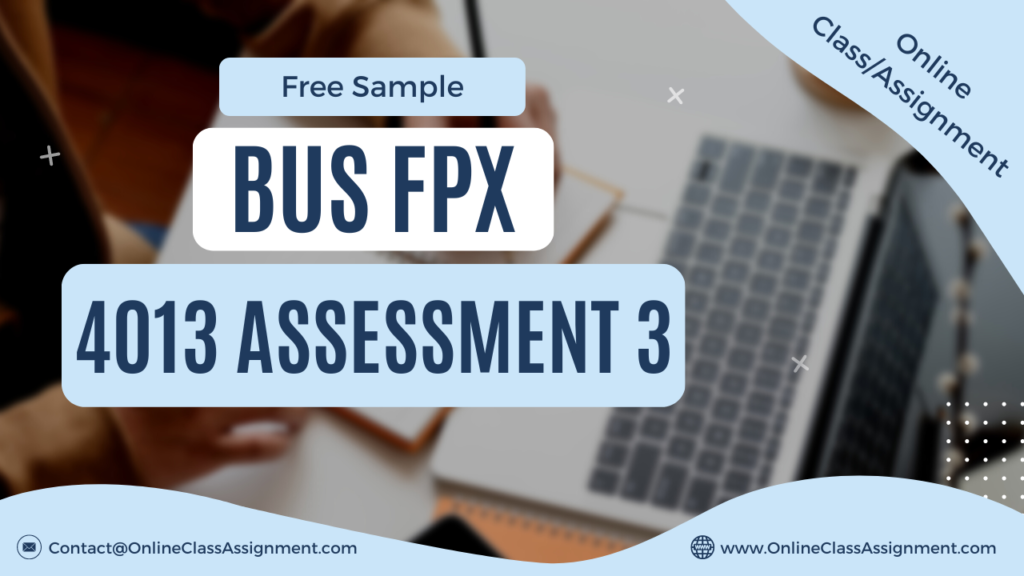
BUS FPX 4013 Assessment 3 Learning Organizations
Student Name
Capella University
BUS-FPX4013 Organizational Structure, Learning, and Performance
Prof. Name
Date
Introduction
A learning organization is one that continuously enhances its knowledge and skills, whether through embracing change or investing in the ongoing education of its employees. This assessment provides a summary of three articles on Learning Organizations, exploring the concept of learning organizations, their learning processes, and their advantages and disadvantages.
Article Summary and Selection
Three articles have been chosen for this assessment. The first article, titled “Revisiting the Learning Organization: How to Create It?” emphasizes that learning organizations harness the resources, skills, talents, and knowledge of employees to challenge the status quo and drive organizational progress (Shin, Picken, & Dess, 2017). The second article, “Still in Search of Learning Organization? Towards a Radical Account of The Fifth Discipline: The Art and Practice of the Learning Organization,” critiques Peter Senge’s theory of the learning organization, suggesting it primarily addresses organizational structure rather than learning itself (Shih-Wei & Lamb, 2020). The third article, “Learning Organization Modelling Patterns,” proposes that organizations should embrace learning to gain a competitive edge, presenting a model comprising eleven domains centered around learning (Santa & Nurcan, 2016).
What is a Learning Organization and How Do They Learn?
A learning organization is one that continually learns and augments its collective knowledge through individual and organizational learning initiatives. Learning occurs through internal learning opportunities such as seminars and professional development courses, external involvement to understand customer needs and industry trends, and overall reflection on organizational processes (Shin et al., 2017).
Advantages and Disadvantages of Being a Learning Organization
Advantages of being a learning organization include increased organizational knowledge, sustainable advancement, and enhanced employee engagement. However, disadvantages include the risk of employees exploiting learning opportunities for personal gain and resistance to constant change (Shin et al., 2017).
References
Santa, M., & Nurcan, S. (2016). Learning organization modelling patterns. Knowledge Management Research & Practice, 14(1), 106-125. https://www-proquestcom.library.capella.edu/docview/1761951428?pq-origsite=summon
Shih-Wei, H., & Lamb, P. (2020). Still in search of learning organization?: Towards a radical account of The Fifth Discipline: The Art and Practice of the Learning Organization. The Learning Organization, 27(1), 31-41. https://www-proquestcom.library.capella.edu/docview/2499042604?accountid=27965
Shin, H. W., Picken, J. C., & Dess, G. G. (2017). Revisiting the learning organization: How to create it. Organizational Dynamics, 46(1), 46-56. https://www-sciencedirect-com.library.capella.edu/science/article/pii/S0090261616300730
BUS FPX 4013 Assessment 3 Learning Organizations
Get Capella University Free Business Samples
BUS FPX 3007
BUS FPX 3011
BUS FPX 3021
BUS FPX 3022
BUS FPX 3030
BUS FPX 3040
BUS FPX 3050
BUS FPX 4012
